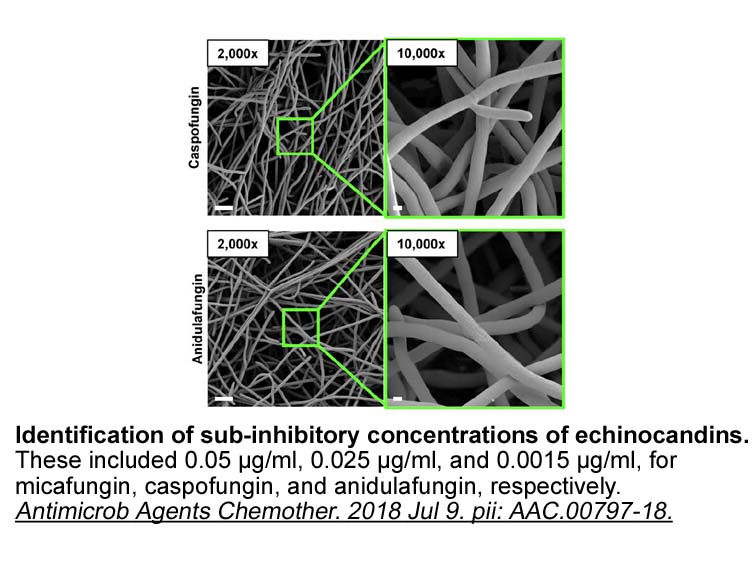Archives
Lee et al have demonstrated that
Lee et al. have demonstrated that APPL1 associates with AdipoR1 in Hek293 BET bromodomain inhibitor where both proteins have been overexpressed with suitable tags [16]. In contrast to recent data the formation of this complex is not enhanced by exogenous adiponectin [16], [33]. Knock-down of APPL1 reduces the level of adiponectin-stimulated ERK1/2 phosphorylation thereby proving that APPL1 is involved [16].
Involvement of APPL1 in adiponectin-stimulated cell survival and nitric oxide production
Adiponectin is reported to promote cell survival and growth but may also stimulate apoptosis [30], [41], [42], [44], [45]. IL-18 mediated endothelial cell death is blocked by adiponectin by a pathway involving APPL1-dependent AMPK activation [45].
Endothelial dysfunction is closely associated with an impaired production of nitric oxide (NO) and adiponectin protects the vascular system through stimulation of endothelial NO synthase (eNOS). In human umbilical vein endothelial cells (HUVECs) both adiponectin receptors mediate NO production [46] whereas knock-down of either AdipoR1 or AdipoR2 has no effect. Whether this indicates that an individual receptor is not effective or simply reflects insufficient knock-down of the receptors needs further investigation [45]. Pull-down assays using GST-tagged N-terminal fragments of the adiponectin receptors and subsequent tandem mass spectrometry analysis revealed that phosphatase 2A, rabenosyn-5, striatin, regulator of G-protein signalling 4 and APPL1 may be associated with both receptors. The interaction of APPL1 with the receptors has been confirmed by co-immunoprecipitation and is slightly enhanced by adiponectin. The PTB domain of APPL1 is involved in complex formation with AdipoR1 and AdipoR2 [45].
RNAi-mediated suppression of APPL1 in HUVECs blocks adiponectin-stimulated association of heat shock protein 90 with eNOS which is essential for maximal eNOS activi ty. Furthermore, adiponectin mediated phosphorylation of AMPK and eNOS and subsequent NO production are impaired [45].
ty. Furthermore, adiponectin mediated phosphorylation of AMPK and eNOS and subsequent NO production are impaired [45].
Adiponectin receptor forms a complex with APPL1 in the hypothalamus
Besides its multiple peripheral actions adiponectin may exert central effects, and intracerebroventricular (icv) administration of adiponectin in rodents decreases body weight by stimulating energy expenditure and fatty acid oxidation [13]. Furthermore, icv-injected adiponectin reduces food intake by about 40% in fasted rats [47]. Hypothalamic-expressed AdipoR1 and AdipoR2 are associated with APPL1 [47]. Adiponectin enhances AMPK activity in the arcuate nucleus of the hypothalamus (ARH) via AdipoR1 [47], [48] but whether APPL1 acts upstream of central AMPK activation has not been demonstrated so far.
APPL1 is located at signalling endosomes
APPL1 has been initially identified as an Akt2-binding protein and may also associate with PI3K subunits. APPL1 knock-down impairs insulin-induced Akt phosphorylation and glucose  uptake. APPL1 is an adaptor protein involved in multiple pathways and complex formation with various proteins has been described and is summarized in a very recent review article [49].
Furthermore, there is emerging evidence that endocytic pathways are directly involved in signalling. Endosomal compartments function as mediators of epidermal growth factor (EGF) signalling between the plasma membrane and the nucleus [37]. This pathway involves Rab5, APPL1 and APPL2, localized to distinct endocytic compartments. After EGF uptake the GTPase cycle of Rab5 determines the release of APPL1 from the endosomal membrane. APPL1 translocates to the nucleus and interacts with the nucleosome remodelling and histone deacetylase complex NuRD/MeCP1, and thereby stimulates cell proliferation [37].
Furthermore APPL1 forms a complex with the PDZ protein Gaip C-terminus interacting protein (GIPC) and recruitment of GIPC by APPL1 to endosomes is essential for tyrosine kinase receptor A (TrkA) trafficking and signalling [50].
uptake. APPL1 is an adaptor protein involved in multiple pathways and complex formation with various proteins has been described and is summarized in a very recent review article [49].
Furthermore, there is emerging evidence that endocytic pathways are directly involved in signalling. Endosomal compartments function as mediators of epidermal growth factor (EGF) signalling between the plasma membrane and the nucleus [37]. This pathway involves Rab5, APPL1 and APPL2, localized to distinct endocytic compartments. After EGF uptake the GTPase cycle of Rab5 determines the release of APPL1 from the endosomal membrane. APPL1 translocates to the nucleus and interacts with the nucleosome remodelling and histone deacetylase complex NuRD/MeCP1, and thereby stimulates cell proliferation [37].
Furthermore APPL1 forms a complex with the PDZ protein Gaip C-terminus interacting protein (GIPC) and recruitment of GIPC by APPL1 to endosomes is essential for tyrosine kinase receptor A (TrkA) trafficking and signalling [50].